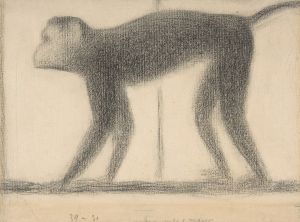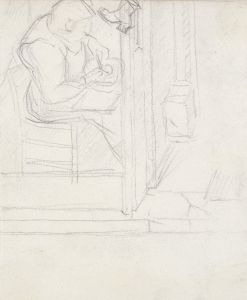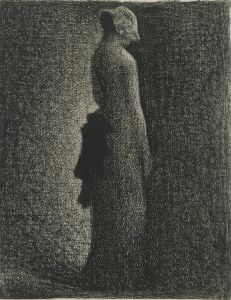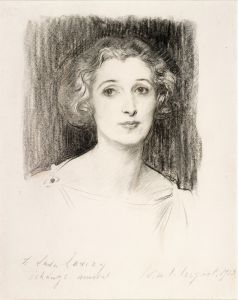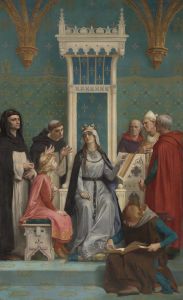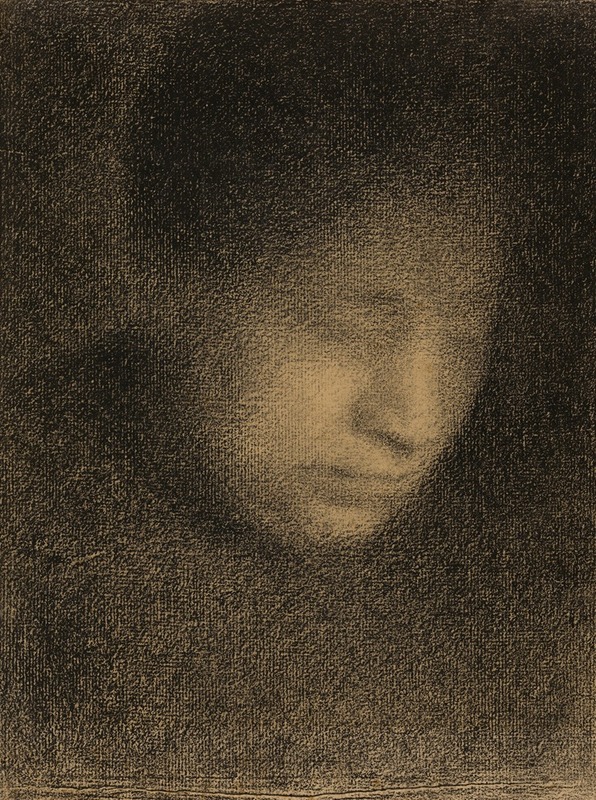
Madame Seurat, the Artist’s Mother
A hand-painted replica of Georges Seurat’s masterpiece Madame Seurat, the Artist’s Mother, meticulously crafted by professional artists to capture the true essence of the original. Each piece is created with museum-quality canvas and rare mineral pigments, carefully painted by experienced artists with delicate brushstrokes and rich, layered colors to perfectly recreate the texture of the original artwork. Unlike machine-printed reproductions, this hand-painted version brings the painting to life, infused with the artist’s emotions and skill in every stroke. Whether for personal collection or home decoration, it instantly elevates the artistic atmosphere of any space.
Georges Seurat, a pioneering French post-Impressionist artist, is best known for developing the technique known as pointillism. Among his works, "Madame Seurat, the Artist’s Mother" is a notable piece that reflects his meticulous style and attention to detail. Painted in 1882-1883, this artwork is an intimate portrayal of Seurat's mother, Ernestine Faivre Seurat, and provides insight into the artist's early exploration of form and color.
The painting is executed in conté crayon on paper, a medium that Seurat frequently used during his early career. This choice of medium allowed Seurat to experiment with texture and shading, which are evident in the delicate rendering of his mother’s features and attire. The use of conté crayon also highlights Seurat's interest in the interplay of light and shadow, a precursor to his later works where he would explore these elements more rigorously through pointillism.
In "Madame Seurat, the Artist’s Mother," Seurat captures his mother seated in a contemplative pose. The composition is simple yet effective, focusing on the subject’s facial expression and posture. The background is minimalistic, which serves to emphasize the figure of Madame Seurat. This approach is consistent with Seurat's interest in classical forms and his desire to convey a sense of timelessness and serenity.
The artwork is characterized by its subtle gradations of tone, achieved through Seurat's skillful use of the conté crayon. This technique allowed him to create a sense of depth and volume, giving the portrait a lifelike quality. The careful attention to detail in the depiction of Madame Seurat’s clothing and the gentle expression on her face reflect the artist’s affection and respect for his mother.
"Madame Seurat, the Artist’s Mother" is significant not only as a personal piece but also as an example of Seurat's early artistic development. It demonstrates his interest in the human form and his ability to convey emotion through minimalistic means. This work predates Seurat's more famous large-scale compositions, such as "A Sunday Afternoon on the Island of La Grande Jatte," yet it shares the same underlying principles of structure and harmony.
The portrait is part of the collection at the Metropolitan Museum of Art in New York, where it is appreciated for its technical mastery and emotional depth. It provides viewers with a glimpse into Seurat's formative years and his evolving artistic vision. As a study in light, shadow, and form, "Madame Seurat, the Artist’s Mother" remains an important piece within Seurat's oeuvre and a testament to his innovative approach to art.
In summary, "Madame Seurat, the Artist’s Mother" is a work that encapsulates Georges Seurat's early exploration of artistic techniques and his personal connection to his subject. Through his use of conté crayon, Seurat was able to achieve a remarkable level of detail and emotional resonance, making this portrait a significant contribution to the world of art.






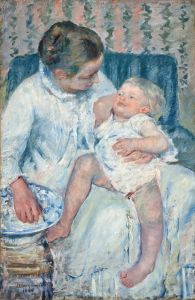
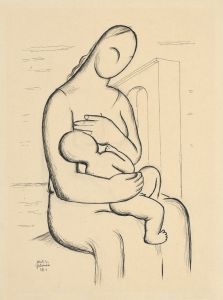
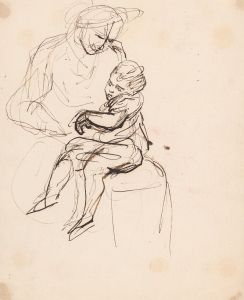
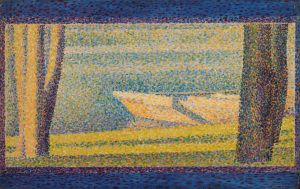
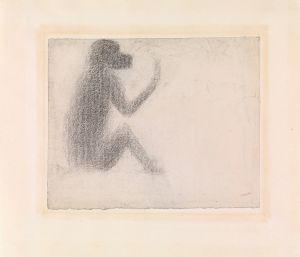
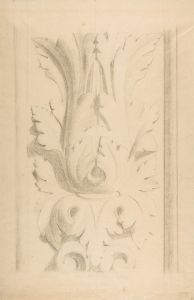
![Foal [also called ‘The Colt’]](/imgs/249760/s/georges-seurat-foal-also-called-the-colt-c93c99f3.jpg)
